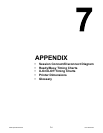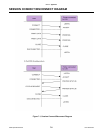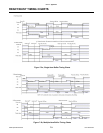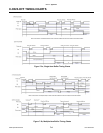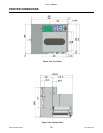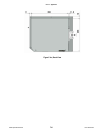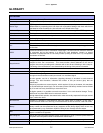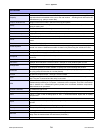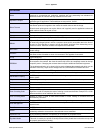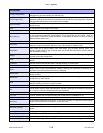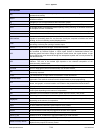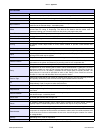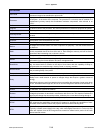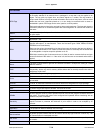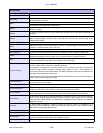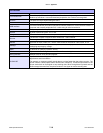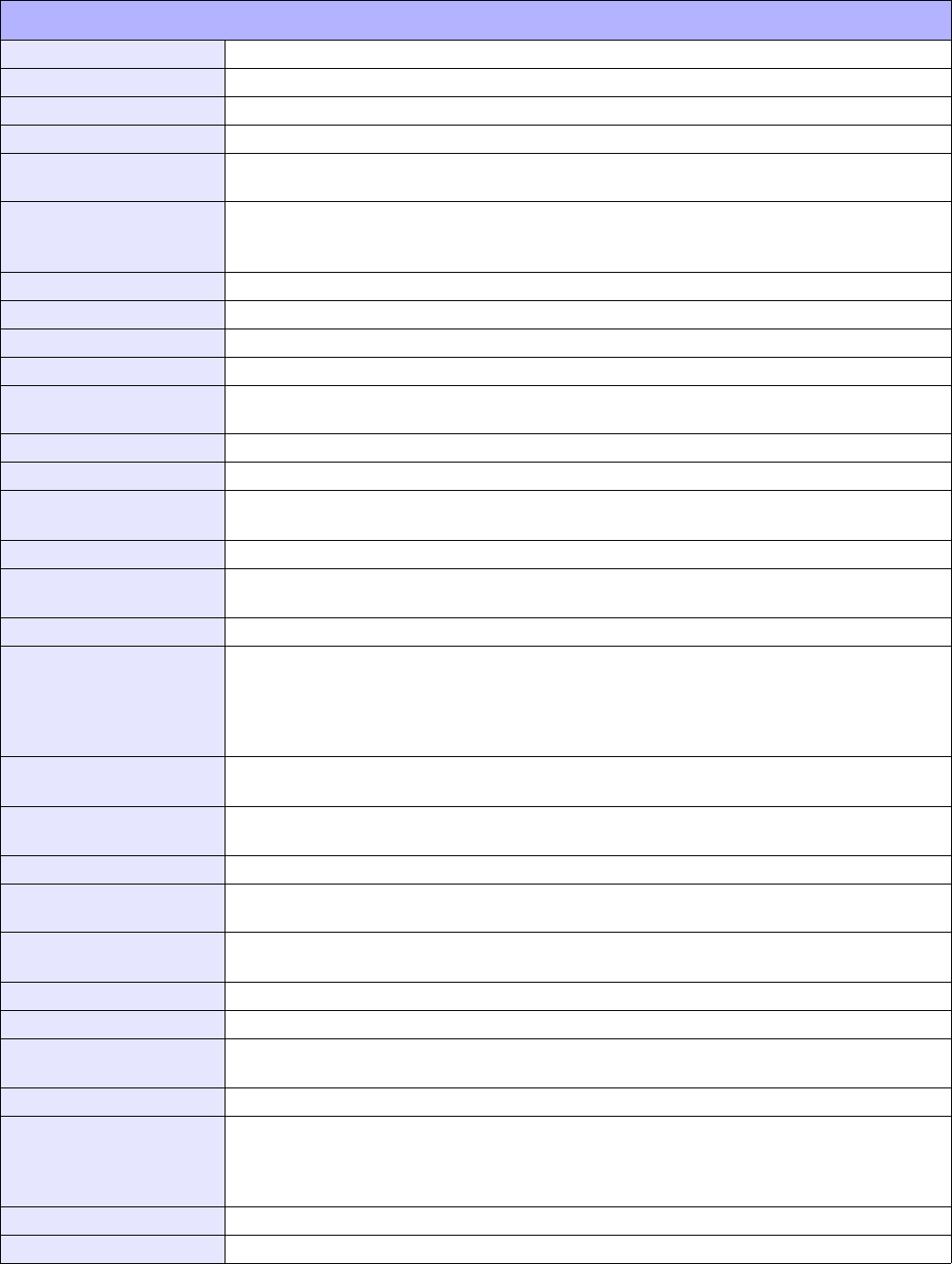
Unit 7: Appendix
Lt408 Operator Manual
7-12 PN: 9001152A
Modulation In RFID, the methods of altering carriers in order to transmit the encoded information.
Nest A set of similarly shaped objects with one smaller and resting within the other.
Nominal The point between a positive and negative deviation which is considered to be optimum.
Nut A small metal block with a threaded hole through its center for screwing onto a bolt.
Nylon Material
A milky-white, synthetic material used in manufacturing that is purchased in blocks and
machined to the desired shape - resembles plastic.
Offset
In label printing, it is the repositioning distance that the printer must make after advancing the
printed label for cutting or dispensing. The offset is the distance that the media must be
retracted following one of those activities so that printing may again take place.
Omni-Directional The ability of an RFID tag to operate in any orientation.
Orientation Having to do with the manner or angle of placement.
Orientation Sensitivity In RFID, the range or measurement of decreased readability by non-optimal orientation.
Orifice An opening for which something is to pass through - similar to a bore.
O-Ring
A typically circular object made of round, elastic material to provide a seal between two
objects.
Oscillate To move back and forth along a span.
Pan Head Screw A threaded rod with a rounded, flanged head used to attach multiple object together.
Paper
In printing applications, the temporary backing for print media. The paper is removed following
printing so the label may be applied.
Parallel Objects extending in the same direction maintaining the same distance part.
Parallel Interface
An interface between computer and printer where the computer sends multiple bits of
information to the printer simultaneously by sending each bit over a separate wire.
Parameter The span or area that something is allowed to exist or operate.
Parity
A simple form of error checking that is used in serial communication. A parity bit is a binary
digit that is added to a group of bits to detect the presence of an error. The parity bit take on
the value of an 0 or a 1 to satisfy a constraint on the overall parity of a binary number. The
parity scheme in use must be specified as even or odd. Parity is even if there are an even
number of 1 bits, and odd otherwise. None may also be chosen.
Passive Tags
Passive RFID tags that do not contain an internal power source. They are externally powered
and typically derive their power from the carrier signal radiated from the scanner.
PC
(Personal Computer) An electronic computing device that may be individually and
independently used or coupled to other similar devices.
Perforation A series of through-holes in a material to facilitate tearing apart.
Perpendicular
At right angles to a given line or plane - a vertical line is perpendicular to a horizontal one and
vise-versa.
Phenolic Material
A black, synthetic material used in manufacturing that is purchased in blocks and machined to
the desired shape - resembles plastic.
Pinion Gear A smaller gear meshed with a larger one.
Pitch Physical top of form of media placed under the print head elements in the feed direction.
Plastic
A synthetic material typically rigid in nature that is molded to its useful shape. Plastic is
typically injection molded along with its color additive and may be of any color chosen.
Post A pin or shaft to which an object may be tethered or latched.
Potentiometer
A variable resistor used to adjust voltage to affect various mechanical activities. This electronic
component is comprised of two terminals connected to either end of an resistive element and
a conductor that can be moved between the two ends, thus allowing the creation of a resistor
or voltage divider.
Primary Something first in order or importance.
Print Assembly The sub-assembly of a printer that comprise the printing components.
GLOSSARY



